Enjoy the View | What’s Trending in Windows and Doors
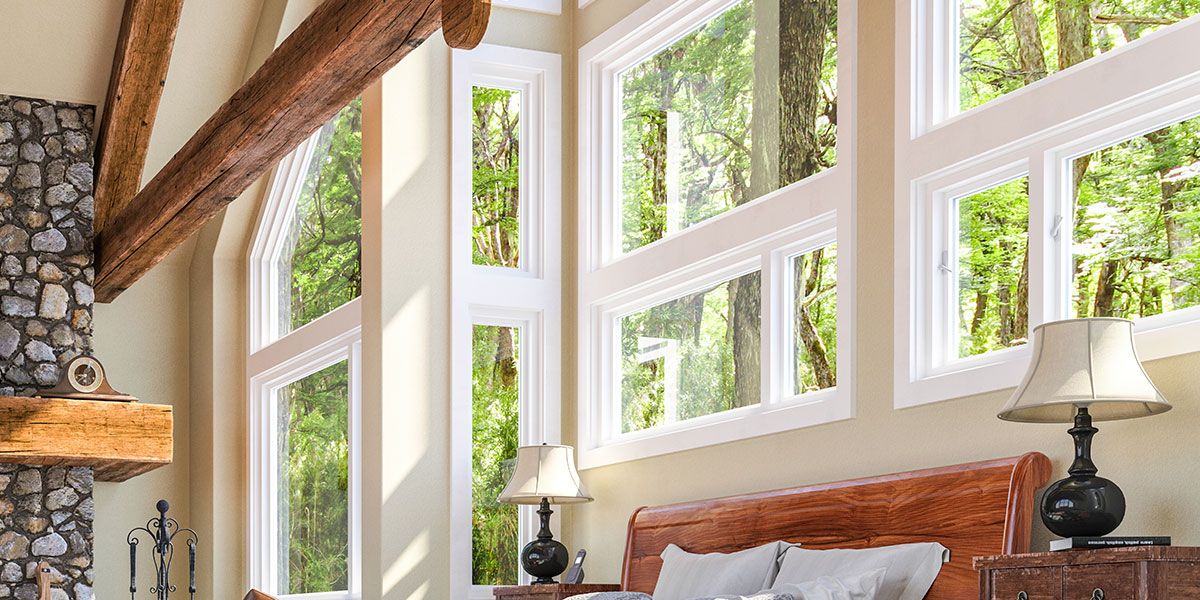
In historic and older homes, you often find smaller windows and solid wood doors without glass, as the builder or homeowner sought to minimize drafts and keep warm air inside in colder months, and air-conditioned air from seeping out in the sweltering summer. Single-pane windows were the standard in homes until the 1970s, when double-pane windows became common in residential construction. Since that time, windows and doors have become more efficient with newer technology and better building practices. Homes built since the 1970s utilize larger windows and glass doors for better views of the outside, because windows and doors aren’t the energy drain they once were. While 1980s- and 1990s-style homes often had two-story entries and soaring family rooms with arched and decorative windows to match, the new style of home, and the windows and doors to outfit it, is modern-leaning, with clean lines and wide views.
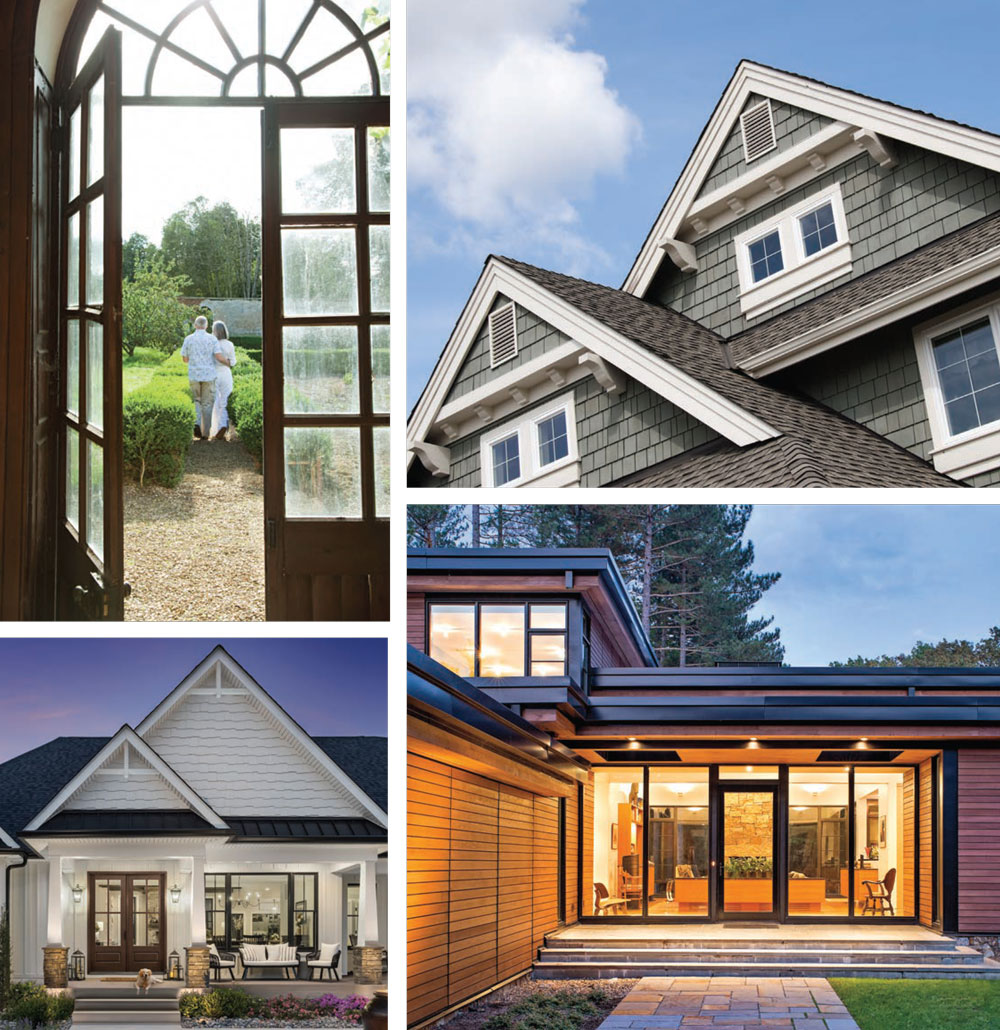
“Homeowners are definitely wanting to bring the outside in with expansive windows and doors,” says Seth Good, co-owner of Frank Good Builders in Forest. “Four-foot-tall windows used to suffice, but now people want a wall of windows or doors, especially on the back of the house or to maximize a view, and they want them as tall as they can get them.”
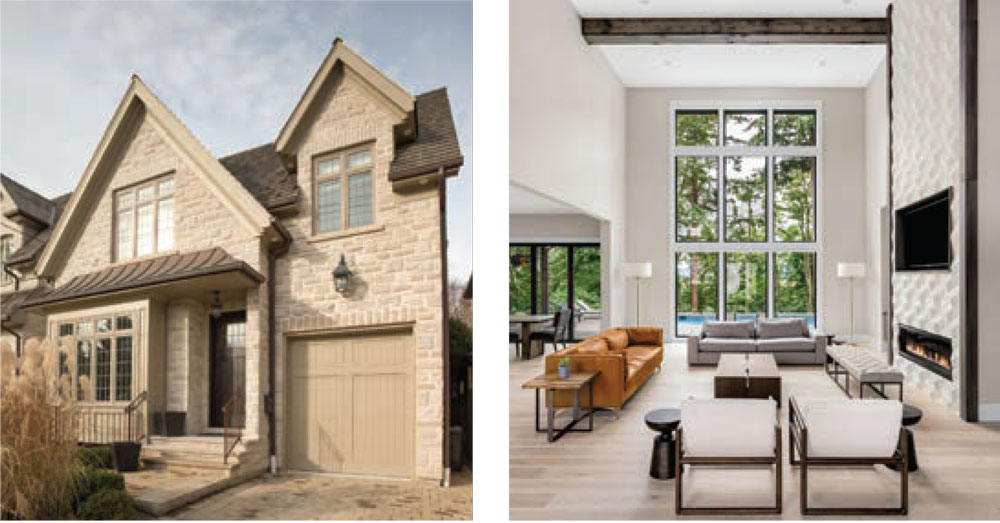
The rising popularity of screened porches, patios with entertainment options like firepits and outdoor TVs, and expansive decks have encouraged marrying indoor and outdoor spaces, and has increased the desire to bring the feeling of the outdoors in. Good says that popular websites and apps such as Houzz and Pinterest, as well as home improvement TV shows, have shown people what is possible and available.
Window materials
Single-pane windows let air escape easily, driving up energy costs to heat and cool a home. While storm windows (a second window attached to the outside of the original window) provide some energy savings, eventual window replacement is usually on the agenda in an older home. There are several options for replacement windows, or new construction windows, with varying costs.
The three main types of windows manufactured now are wood (most expensive), fiberglass (mid-range), and vinyl (least expensive). Wood windows cost approximately 50 percent more than fiberglass, and vinyl windows are approximately 10 to 30 percent less than fiberglass. All of them can be good options, buying you at least 30 years (vinyl) to more than 50 years (fiberglass).
New advances in manufacturing mean that vinyl windows are available in more colorways (such as black) and more diverse sizes than ever before, while fiberglass window exteriors can be joined with a wood interior for more decorative control and custom options.
Chris Collins, owner of Collins Siding and Windows in Lynchburg, specializes in vinyl replacement windows, and says vinyl windows are a maintenance-free and economical choice. “Grilles, if someone wants them, are between the panes of glass, so they are easier to clean and they don’t need to be painted, and the wood isn’t exposed, so there’s no rot.”
Collins says there’s been a style move in recent years toward minimizing the frame and sash (the areas outlining the window), and removing or minimizing the grilles (narrow strips of wood, vinyl or metal to visually divide the pane of glass) for a more unobstructed view.
 PHOTOS: COLLINS SIDING AND WINDOWS
PHOTOS: COLLINS SIDING AND WINDOWS
Window styles
Once you’ve worked out a budget and chosen the type of material for your window, you’ll need to settle on a style. There are more options than ever before, and color choices, for both the interior and exterior portion of the window as well as mechanical differences that affect how the window appears and operates.
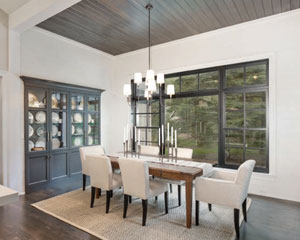 There are many types of windows, but the most common are fixed, casement, slider, single and double-hung windows. A fixed or picture window is a large window that doesn’t open, designed to give you an expansive view without obstructions, acting like a picture frame for the scenery beyond. It’s usually used where the view is picturesque, and the homeowner doesn’t need or want to open the window.
There are many types of windows, but the most common are fixed, casement, slider, single and double-hung windows. A fixed or picture window is a large window that doesn’t open, designed to give you an expansive view without obstructions, acting like a picture frame for the scenery beyond. It’s usually used where the view is picturesque, and the homeowner doesn’t need or want to open the window.
Casement windows are increasing in popularity, especially for the front of a home. A casement window has a crank function inside at the bottom of the window to open it outward, but the front lacks the large seam of a single or double-hung window for a more uniform appearance. A slider is usually one of the most affordable windows, and slides open horizontally. A single-hung window means the lower half of the window opens vertically, but the top half stays fixed. A doublehung window means that both halves can move.
Collins, whose company also specializes in building sunrooms, says that sliding windows are great in sunrooms, as they eliminate the horizontal lines, requiring only one line in the middle of the window, where the slider opens on itself. “We can take windows all the way to the floor, but if the window is within 18 inches of the floor, the glass has to be tempered, increasing the cost,” notes Collins.
After you’ve decided on material, and desired function, you can choose an exterior and interior color. Colors range from white and off-white, which have been the most popular for years, along with black, which is soaring as both an exterior and interior window color. Others that are increasing in popularity as exterior options are grays, greens and tans. Arched, half-moon windows (called lunettes) that were often used in 1980s and 1990s construction have been swapped in favor of windows in traditional rectangle and square shapes, either alone or grouped together to form a window wall.
While kitchens once sported bay windows, one very current option, especially if the kitchen leads to an outdoor space, is to have an accordion window that can open all the way to connect the interior and exterior living spaces. Food can be passed from the kitchen to the person tending the grill, and a small exterior bar can be set up outside, underneath the window, for savoring a cocktail while conversing with the cook.
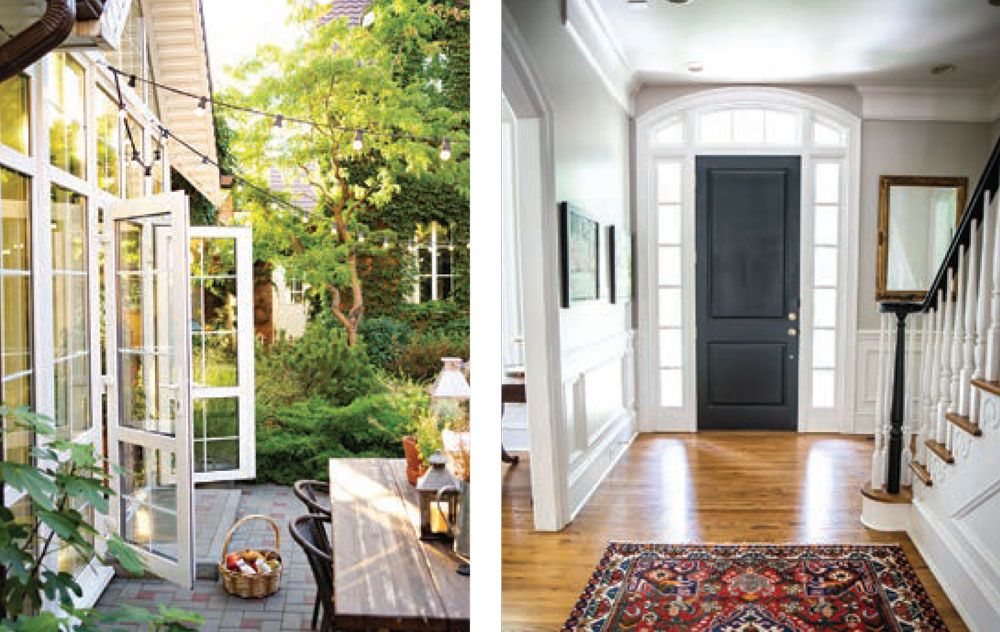
Door materials
Doors, like windows, come in similar material choices: one can choose wood, fiberglass or steel. A wood door is a classic choice, but is best in a covered porch area to minimize wear from the elements. A wood door is just that—solid wood. Fiberglass and steel doors are similar in that the inner frame is usually made of wood, and the core is usually made from foam. On a steel door, the outer skin is made of steel, and on a fiberglass door, the outer skin is fiberglass.
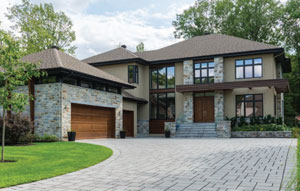 Steel doors are a cheaper option, are durable and can be painted. Fiberglass doors are also durable, and come in wood-grain or smooth finish, and can be ordered painted, or stained to look like wood. Fiberglass is typically more expensive than a steel door, and a wood door, depending on the species of wood, can surpass both in cost. However, the addition of sidelights can add significantly to any door package.
Steel doors are a cheaper option, are durable and can be painted. Fiberglass doors are also durable, and come in wood-grain or smooth finish, and can be ordered painted, or stained to look like wood. Fiberglass is typically more expensive than a steel door, and a wood door, depending on the species of wood, can surpass both in cost. However, the addition of sidelights can add significantly to any door package.
Door styles
Steel, fiberglass and wood doors all come in a variety of style options, including double French doors, various ways of integrating glass into the door such as sidelights, and even Dutch doors. Dutch doors, which had largely disappeared in the past few decades from residential construction, are surging in popularity because of their charm. They originated in Europe in the 17th century as an entry door, and later as a kitchen door. On farms, they were helpful in keeping animals outside while allowing for fresh air. They are being used now as side entry doors, and kitchen/deck/ entertaining space doors to bring the outside in while still keeping pets and small children contained.
Also trending is an accordion-style door for backyard and entertaining spaces, which allows the door to fold on itself for a very large opening with no seam or obstruction, ideal for entertaining, especially if one can open the interior to a screened porch. These accordion doors are newer to the market and very expensive, running approximately $15,000 to $20,000 installed, but are a showstopper.
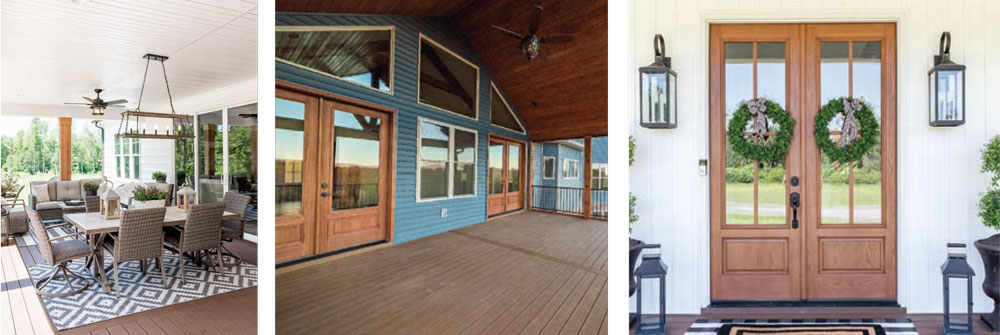 PHOTOS: FRANK GOOD BUILDERS
PHOTOS: FRANK GOOD BUILDERS
To take advantage of a sweeping view, and also create a wide walkway, Good says a very comparable aesthetic can be achieved with sliders, or French doors and windows together. “It comes down to budget and preference, and we can install a four-panel sliding door for approximately a quarter of the cost… which is why we haven’t had a client go for the accordion-style door yet,” says Good.
While sliders largely disappeared in the 1990s in favor of French doors, they are once again popular, and are made with quality materials and better sliding mechanisms for a high-end feel. French doors maintain their popularity, though many homeowners are opting to forgo grilles for that clean, modern look.
As for front doors, textured glass and glass designs are falling out of favor, even for traditional homes. Clear glass rules the day, even though it compromises on privacy. A shade can be installed on the inside of the door, to pull down in the evenings or when extra privacy is desired. For those that want a painted rather than a wood-stained-look door, many product lines now offer factory spraying, in any paint color, for a very durable and consistent finish, similar to a car paint job. A clear UV finish protects the color, and eliminates the need for retouching.
If you are considering updating the windows and doors on your existing home, or are in the process of building an addition or new home, you have more style options than ever before for blending your inside and outside living spaces. Newer technology ensures that doors and windows are energy efficient, and building experts expect that smart-home technology will become more common, allowing you to open windows and doors from the push of a button or the sound of your voice. Imagine saying, “Alexa, open the accordion door.” It may happen sooner than you think! ✦
casement, double-hung, double-pane windows, Dutch doors, fiberglass window, firepits, fixed, French Doors, glass doors, outdoor tvs, Patios, replacement windows, screened porches, single, single-pane windows, slider, storm windows, vinyl windows






